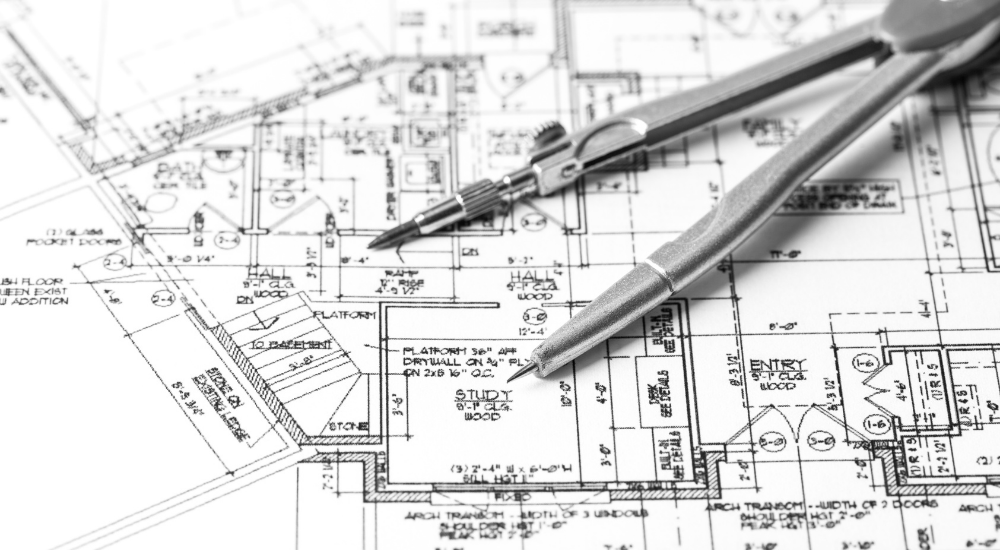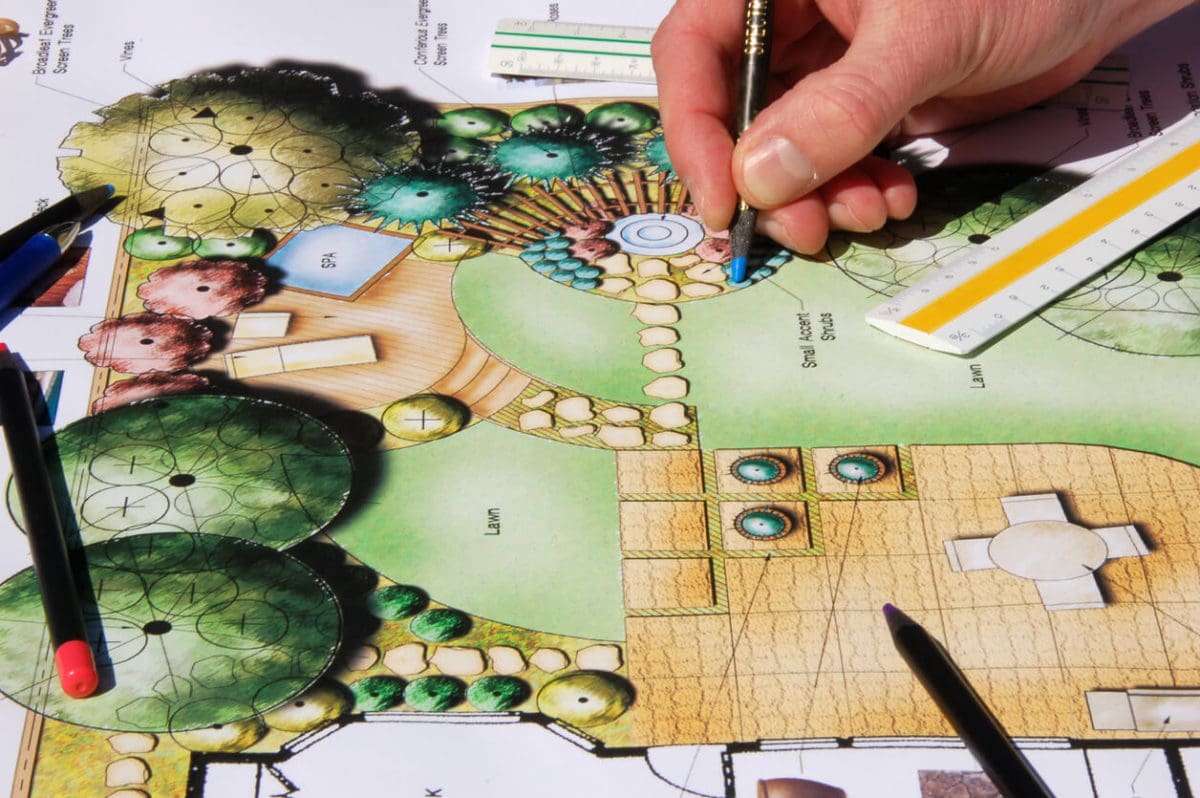Architect Checklist for Recent Commercial Projects
Architect Checklist for Recent Commercial Projects
Blog Article
Comprehending the Diverse Career Paths Available for Aspiring Architect
As a hopeful Architect, you have a globe of career courses awaiting you. Each course uses unique difficulties and opportunities to use your creativity and technological know-how. Whether you're attracted to traditional style or the subtleties of lasting style, there's a specific niche that aligns with your passions. Understanding these varied choices can shape your professional trip, but which direction will you choose to discover first?
Traditional Style: Designing Structures and Frameworks
Standard design concentrates on creating structures and frameworks that mix capability with visual allure. Your styles can mirror social heritage, showcasing neighborhood practices while fulfilling contemporary requirements.
You'll establish skills in preparing, model-making, and site evaluation, permitting you to envision and connect your concepts successfully. Involving with customers, you'll need to understand their vision and translate it right into feasible designs.
Furthermore, constructing codes and sustainability techniques are crucial in your job, guaranteeing your structures are eco friendly and safe. As you expand in your profession, you'll locate opportunities in residential, industrial, or perhaps remediation jobs, each offering distinct challenges. Embracing standard design leads the method for a fulfilling job that admires the past while forming the future.
Urban Preparation: Shaping Communities and Public Spaces
As an aspiring Architect, you can play an important role as a city coordinator, changing how communities engage and operate. By utilizing neighborhood involvement methods, you'll guarantee that citizens have a voice in shaping their environment. Plus, integrating sustainable layout concepts will certainly assist produce rooms that not only meet today's requirements however likewise shield the future.
Duty of Urban Planners
While many could think about engineers as the single dreamers behind buildings, city organizers play an essential function fit the broader landscape of areas and public spaces. They analyze land usage, zoning laws, and neighborhood needs to create sustainable atmospheres that enhance lifestyle. By teaming up with various stakeholders, you'll assist develop parks, transport systems, and domestic locations that advertise social interaction and accessibility. Urban coordinators additionally concentrate on ecological factors to consider, ensuring that growths integrate eco-friendly areas and support biodiversity. Your experience in spatial layout and neighborhood dynamics enables you to imagine future development while preserving cultural heritage. In this important function, you'll directly affect just how individuals experience their environments, making every project an opportunity for positive modification.
Neighborhood Involvement Methods
Efficient community involvement strategies are important for city organizers to guarantee that the voices of homeowners are heard and valued in the planning process. To promote purposeful dialogue, you ought to prioritize open online forums and workshops where neighborhood participants can express their ideas and issues. By actively listening and integrating feedback, you'll create spaces that reflect the neighborhood's demands, inevitably leading to even more effective and lasting city settings.
Lasting Style Concepts
When developing metropolitan areas, incorporating lasting style principles is vital for developing atmospheres that prosper both ecologically and socially. Consider incorporating eco-friendly spaces, like gardens and parks, to enhance biodiversity and boost air top quality.
Creating with water conservation in mind is additionally crucial-- think of rain yards and permeable surface areas to manage stormwater. Including community members during the preparation procedure assurances that the spaces you create fulfill their requirements and urge social interaction. By accepting these principles, you'll add to lively, lasting metropolitan landscapes that profit everyone.

Landscape Architecture: Producing Lasting Outside Environments
As you discover landscape architecture, you'll discover vital design concepts that develop attractive and useful exterior areas. Lasting practices play a crucial function in making sure these settings grow while decreasing environmental impact. Plus, you'll find a range of career opportunities that allow you to make an actual difference in exactly how individuals engage with nature.
Layout Principles in Landscape
Understanding style concepts in landscape design is crucial for creating sustainable outside environments that integrate with nature. You'll need to consider elements like balance, scale, and percentage to assure your layouts really feel natural and inviting. Furthermore, pay interest to seasonal modifications, developing with products that match the environments year-round.
Lasting Practices Summary
Sustainable techniques in landscape architecture not just concentrate on aesthetics yet likewise focus on eco-friendly health and wellness and source conservation. You can create spaces that promote soil health and wellness, such as making use of organic products and practicing permaculture concepts. Ultimately, these practices ensure your styles profit both individuals and the atmosphere for years to come.
Job Opportunities Expedition
With a strong foundation in sustainable methods, landscape architecture uses a selection of job courses that allow you to make a purposeful influence on the atmosphere. You might function as a landscape developer, creating aesthetically pleasing and useful outdoor spaces, or focus on environmental reconstruction, assisting to revitalize broken ecosystems. Urban planners commonly team up with landscape architects to produce green spaces in urban setups, boosting city livability. If you're passionate about education, take into consideration coming to be a landscape style instructor, inspiring future generations. Additionally, you could work with nonprofits concentrated on ecological sustainability or involve in research study to introduce brand-new methods. Each course not just forms lovely environments however also cultivates a healthier planet for future generations.
Sustainable Style: Concentrating On Eco-Friendly Practices
As you explore your career in design, embracing eco-friendly methods can establish you apart in a competitive field. Lasting design focuses on developing buildings that lessen ecological impact while improving owner well-being. By incorporating sustainable products, energy-efficient systems, and lasting structure techniques, you'll add to a greener future.
Begin by obtaining expertise of environment-friendly certifications like LEED or BREEAM, which can boost your qualifications. Take into consideration just how natural light, ventilation, and thermal effectiveness can optimize layout. Collaborate with engineers and environmental specialists to innovate remedies that minimize waste and conserve sources.
Do not forget the significance of neighborhood participation-- engaging regional stakeholders can motivate layouts that integrate with the environment. As clients progressively focus on sustainability, your know-how in eco-friendly practices will not only draw in jobs yet additionally accomplish your interest for accountable architecture. Embrace this important element of the occupation, and view your profession grow.
Historical Conservation: Shielding and Restoring Social Heritage
While you start on your building journey, take into consideration the important duty of historical preservation in keeping our social heritage. This area focuses on the defense and look at here restoration of substantial buildings, websites, and frameworks that tell the tales of our past. By taking part in historical preservation, you'll help protect the architectural legacy that shapes area identity.
As a historical preservation Architect, you'll examine historical importance and assess the problem of structures. You'll function very closely with chroniclers and preservationists to ensure authentic reconstruction methods are employed. This occupation path permits you to mix creative thinking with research study, allowing you to create solutions that value initial products and craftsmanship.
Your job not only adds to sustainability by recycling existing buildings yet likewise cultivates a sense of satisfaction within areas. Accepting this course will assist you end up being a guardian of background, protecting the tales and looks that improve our lives.
Inside Architecture: Enhancing Indoor Spaces
Historic conservation and interior design both share a dedication to enhancing the constructed atmosphere, but they focus on different facets. While historic preservation highlights preserving a framework's historic and cultural worth, indoor design absolutely nos in on maximizing indoor areas for capability and aesthetics.
As an aspiring Architect, you'll locate that interior design enables you to mix creativity with technological abilities. You'll design spaces that not just look good but additionally advertise convenience and performance. This field entails understanding exactly how light, shade, and materials communicate within a room, impacting state of mind and use.
You'll work on numerous projects, from residential homes to commercial offices, guaranteeing that each setting fulfills the demands of its owners. By prioritizing individual experience, you can transform interiors into inspiring and functional spaces, making a considerable effect on how individuals connect with their surroundings. Embrace the chance to improve indoor environments and form the method people work and live.
Industrial Design: Merging Performance With Looks
Industrial style plays a vital duty in producing products that seamlessly blend aesthetics with performance, guaranteeing that what you use day-to-day is not only aesthetically attractive yet also practical. As an ambitious Architect, you could engage yourself in this area, concentrating on making every little thing from furniture to customer electronics. Your work entails understanding customer requirements, materials, and making procedures, allowing you to produce innovative options that enhance daily experiences.
In industrial layout, you'll commonly collaborate with makers, online marketers, and designers, making sure that your styles are not just lovely but also possible. This career path offers a dynamic environment where creativity meets functionality, making it a gratifying option for engineers interested in forming the explanation items of tomorrow.
Often Asked Concerns
What Educational Credentials Do I Required to Become an Architect?
To become an architect, you'll require an expert level in architecture, commonly a Bachelor's or Master's. Additionally, you'll need to complete a teaching fellowship and pass the Architect Registration Exam to practice legally.
Exist Certification Requirements for Different Building Profession Paths?
Yes, there're certification requirements for different architectural paths. Architect. You'll require to pass exams, total internships, and often go after specialized training, depending upon your chosen emphasis, like landscape design, metropolitan layout, or historic conservation
What Software Application Skills Are Necessary for Engineers Today?

Exactly How Can I Gain Practical Experience While Examining Architecture?
You can get useful experience by interning at building companies, taking part in style competitors, offering for community tasks, or collaborating with schoolmates on real-world jobs. These possibilities enhance your skills and develop useful connections in the industry.
What Task Opportunities Exist Outside Typical Architecture Firms?
You can discover various work chances outside typical architecture companies, like city planning, interior decoration, landscape design, building administration, property development, or also functions in sustainability consulting. Each deals special obstacles and benefits.
Whether you're attracted to traditional architecture or the nuances of sustainable design, there's a specific niche that lines up with your interests.When developing city spaces, integrating sustainable design principles is critical for creating environments that flourish both ecologically and socially.As you check out landscape architecture, you'll discover necessary layout concepts that create functional and beautiful outdoor areas.Comprehending design concepts in landscape style is important for creating sustainable outside atmospheres that balance with nature.In industrial design, you'll often visite site team up with designers, suppliers, and marketers, making sure that your designs are not only gorgeous but additionally practical.
Report this page